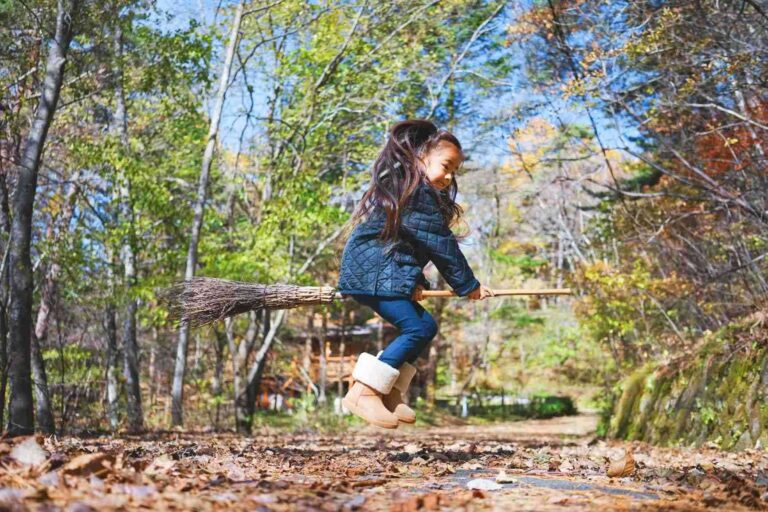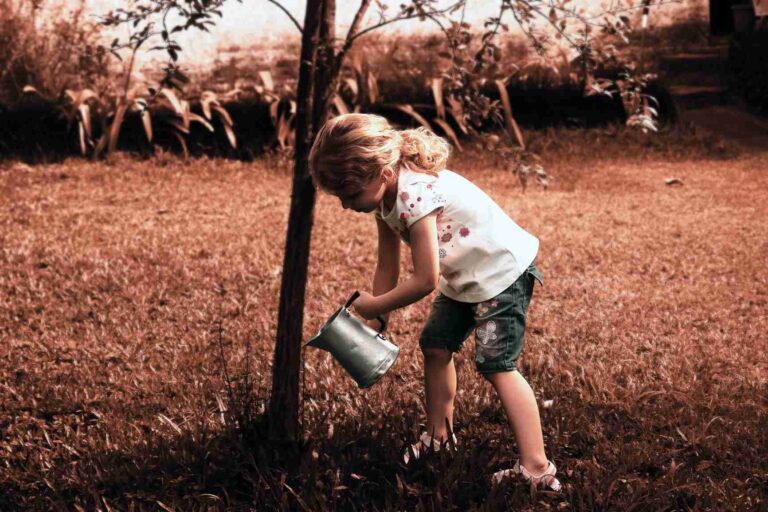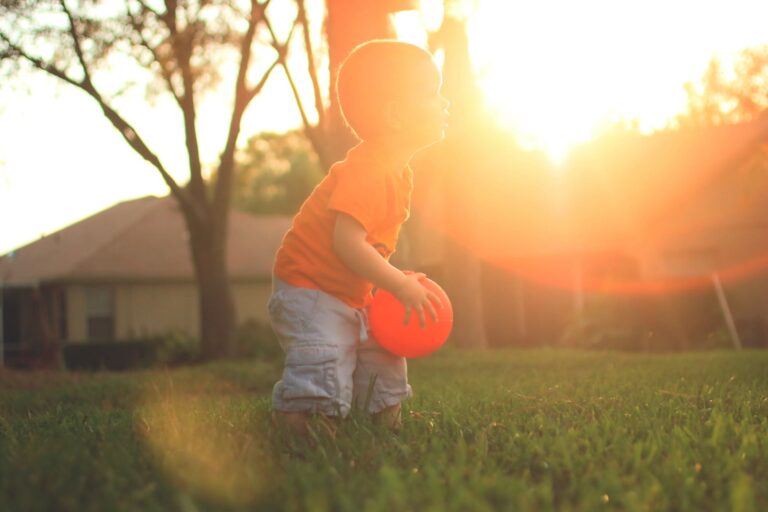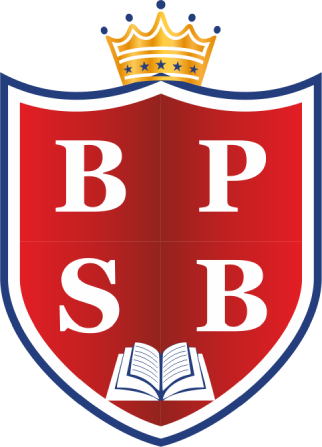The Wonders Of Waldorf Blended Curriculum
Educating The Whole Child in Waldorf Schools

Waldorf Educators say they focus on “educating the whole child.” They also say the curriculum engages the student’s “head, heart and hands,” and uses “multi-disciplinary” methods of teaching. This sounds great, of course, but what does this really mean?
Waldorf Education’s founder, Austrian scientist and philosopher, Rudolf Steiner, had very forward thinking ideals in regards to educating children in the late 19th century. For Steiner, “educating the whole child,” meant appealing to student’s internal motivation, educating them socially and morally as well as academically, and using art, nature and movement to bring both inspiration and relevancy to learning.
5 Core Tenets of Educating the Whole Child
Respect for Child Development
Waldorf Education strives to see the child for where they are, right now in their stage of development, and then work to support that in the classroom. Steiner, a contemporary of Freud and Piaget, was inspired to look at brain development, but also social, physical, and spiritual development. This is a particularly popular topic in regards to early childhood and the rush to embrace academic training. More broadly, it’s about meeting children’s developmental needs and understanding their will, motivation and desire, so that teachers can tap into what makes learning relevant to a child at different ages.
Click to Read More about how Waldorf Education curriculum honors a child’s development.
Multidisciplinary Teaching
“Smart” is not one thing and different children have different gifts and learn in different ways. Ideally, every child would have their education tailored specifically to those gifts and learning styles. Unfortunately, this is very difficult in a school environment where children must learn with up to 25 of their peers.
According to Waldorf Educators, the best way to address and honor the differences in children is to approach learning material in a variety of ways, so that each child can find a relevant, experiential way to effectively learn and retain material. For example, when learning about Rome, sixth graders will read books, paint, engage in oration, write reports, draw, sculpt, sing, memorize verse, and perform a play about Roman life and history. In this way, each child is exposed to many approaches to the material with the understanding that all or some of these methods will resonate, spark curiosity and inspire interest.
Click to Read More about how Multidisciplinary Learning is used in the Waldorf Classroom.
Joy and Motivation
While methods are multidisciplinary, there is also a keen, underlying focus on cultivating lifelong learning. “Lifelong Learning” means, at its core, sparking a child’s curiosity and natural motivation to learn. The science of motivation tells us that the key to learning long term and retaining material is personal relevancy. A child that sees and feels the “why” behind a lesson is naturally more interested and inspired to learn.
The best way to make a lesson relevant to children is to bring it to life through creativity, imagination and joy. Some parents are tentative about the idea of joyful academics, thinking it the opposite of rigor, but this is not the case. Classroom happiness is not trivial or silly, it is motivating. Research out of Harvard, found a strong correlation between a student’s well being and GPA in elementary school through high school.
Click to read more about how Waldorf teachers focus on lifelong learning goals and bringing joy to the classroom.


Movement & Outdoor Education
There is a growing body of research in education and neuroscience about the link between learning and movement. Studies have shown that exercise boosts cognition, improves test scores, and increases wellbeing.
When you layer in movement and learning outdoors, including unstructured play, the benefits amplify. Although scientific research continues to reveal the benefits and connections between of movement and learning, more and more schools are eliminating recess and outdoor time.
Click to Read more about how Waldorf Education continues to prioritize movement, recess, and outdoor learning in support of science.
Character Education
Educating a child to have character, to develop emotional intelligence and empathy, is not a secondary, but an essential, pursuit in Waldorf Education. These are the foundations of the skills children will need to thrive in our rapidly changing 21st century.
In the early grades, Waldorf educators strive for a more holistic social cohesion between classmates, the Main Lesson teacher, and subject teachers. This is done to build empathy and respect, and the social skills and cohesion brings the focus back onto learning. Older students are taught the importance of giving back to their greater community and understanding social justice issues.
Teaching children to seek significance over success is a hallmark of Waldorf Education. Teachers strive to tap into and cultivate each student’s essential drive to connect and be valued within a greater community.
Click to read more about Character Education in Waldorf Schools.
The Wonders of Waldorf Education
What we mean when we say that our children learn through their “head, heart and hands?” It refers to the blended curriculum and multidisciplinary teaching we adopt and the balance we bring into Waldorf based teaching methodology. We emphasize a balanced education since our world thrives on the balance of ecosystems. Balance is the key to stable growth and transformation. Parents sometimes think they have to choose between a rigorous, high-stress education or a more relaxed environment with less impressive results. We found an optimal balance! When children are given artistic, cognitive, and practical lessons that nurture and challenge their potential in a developmentally appropriate way, they learn better and thrive.
Some of the Waldorf inspired unique education methods are listed here:
Developmentally Appropriate – TBPSB provides the right learning experience at the right time, meaning the curriculum matches child development – play-based learning in preschool, experiential, creative, multi-disciplinary approach at the kindergarten level and a blended curriculum for primary school classes.
Hands-On – We believe children learn by doing. This “hands-on,” learning is engagement learning, which is why Waldorf Education engages children in a challenging and multi-sensory environment.
Relevant – Relevancy inspires deeper learning. Statements like, “Why do I have to learn this? When will I ever use this?” are not said here at TBPSB.
Intrinsically Motivating and Outdoor driven – We motivate children to learn to love learning and learn to do their best without accolades. The benefits amplify when outdoor learnings happen along with observation of nature around us. TBPSB students are regularly taken on ‘nature walks’
Relationship Focused – Studies show that a student’s relationship with their teacher is an essential function of learning. We, therefore, try to have our teachers teach and interact regularly with the students of almost all the classes.
Character-Education — Waldorf educators focus on developing the whole child — head, heart and hands. The heart is our character and emotional intelligence. TBPSB teachers are trained to factor in the elements of character education such as empathy, determination, hard work, being ethical, cooperation and responsibility in the large group activities.


